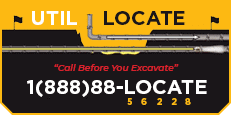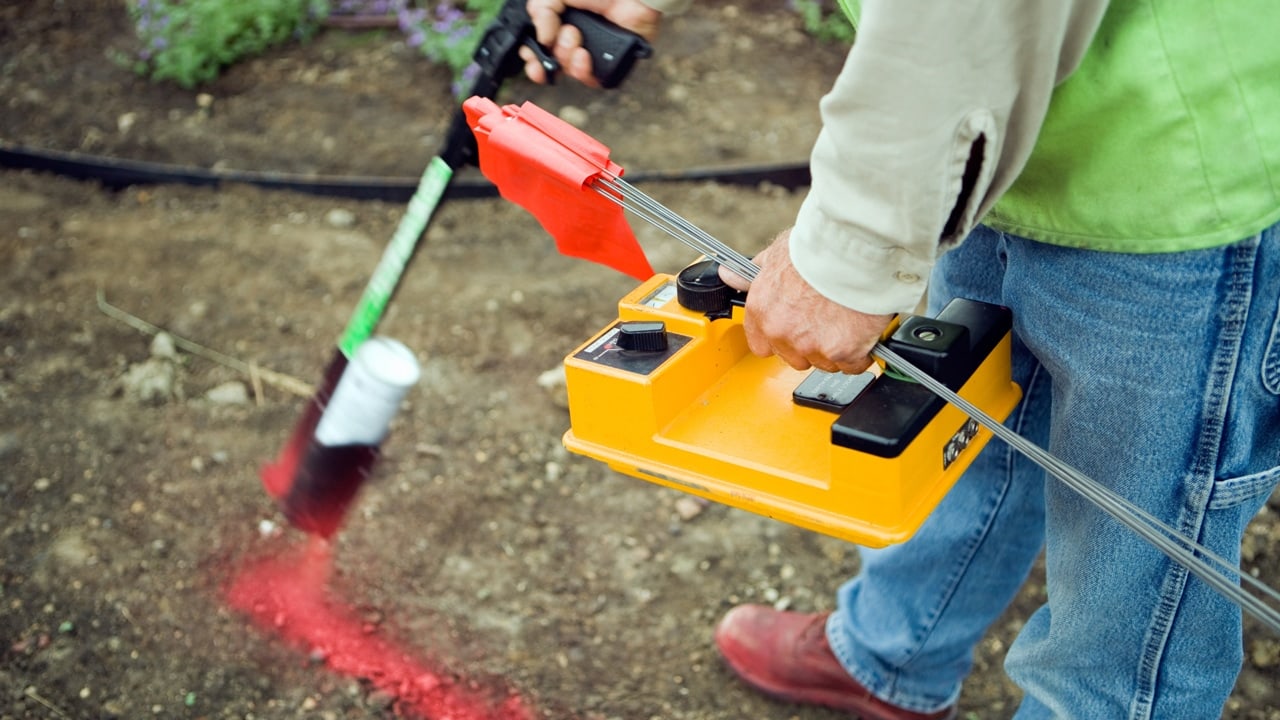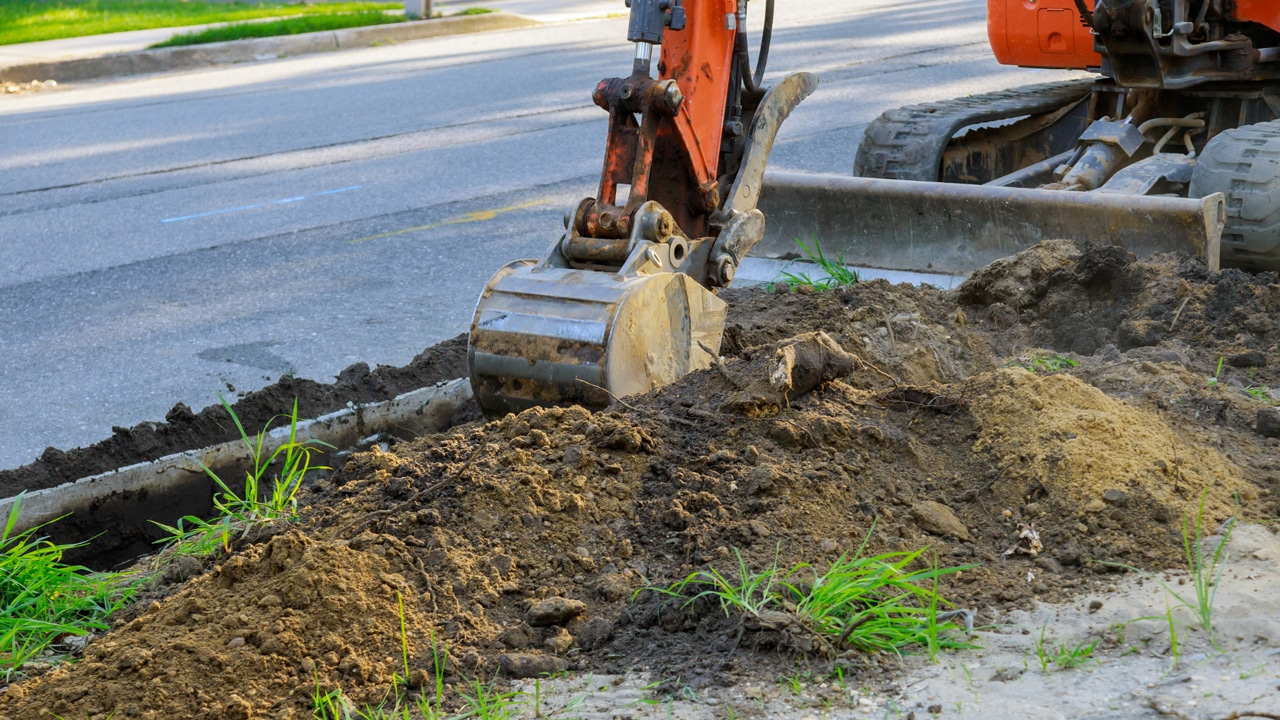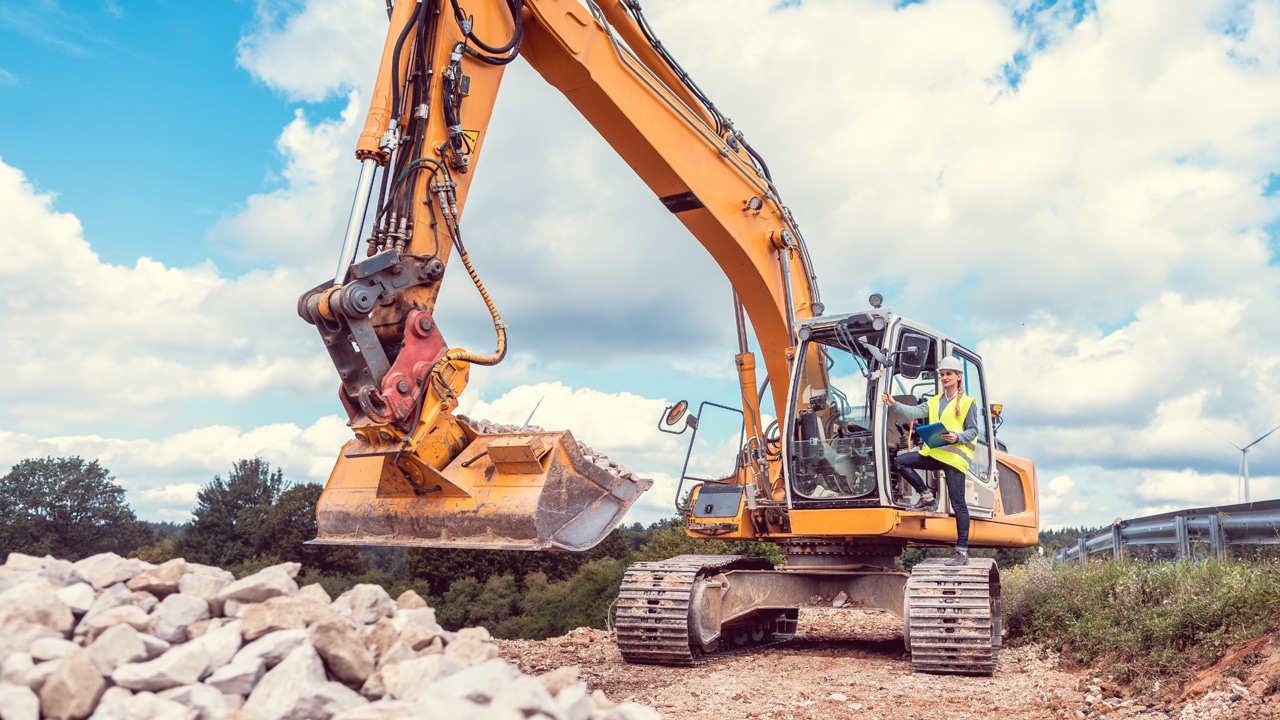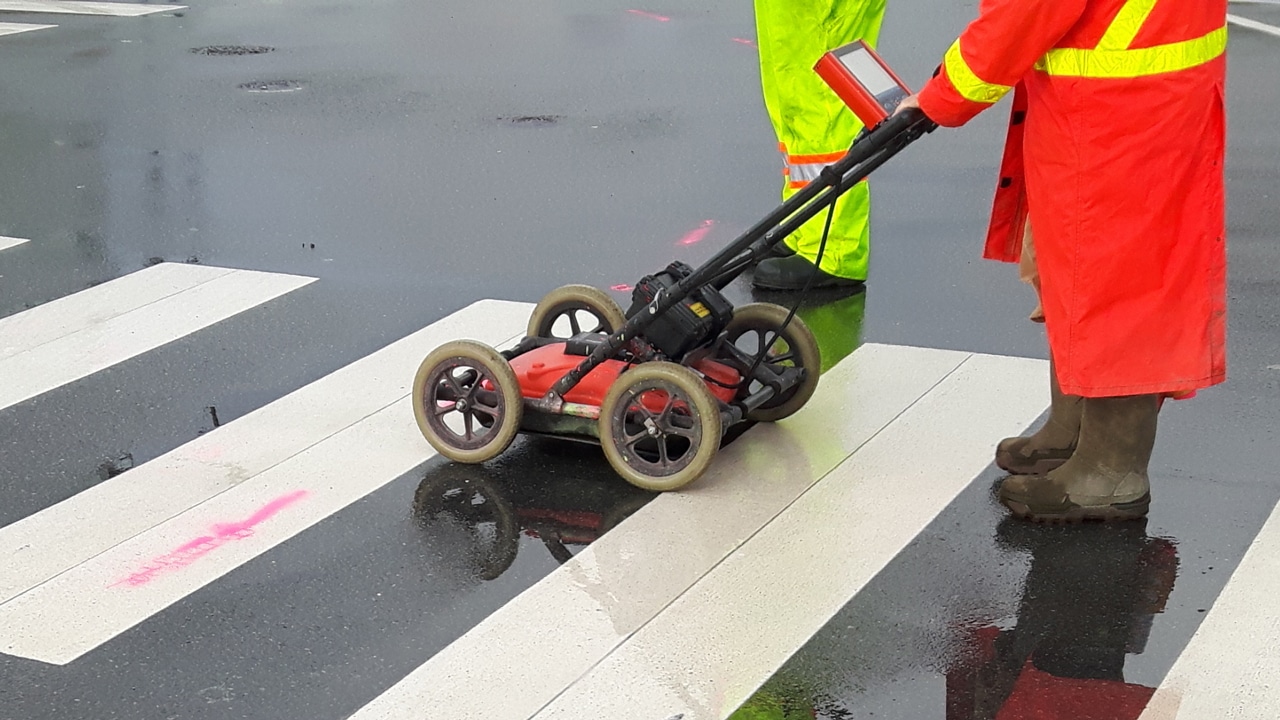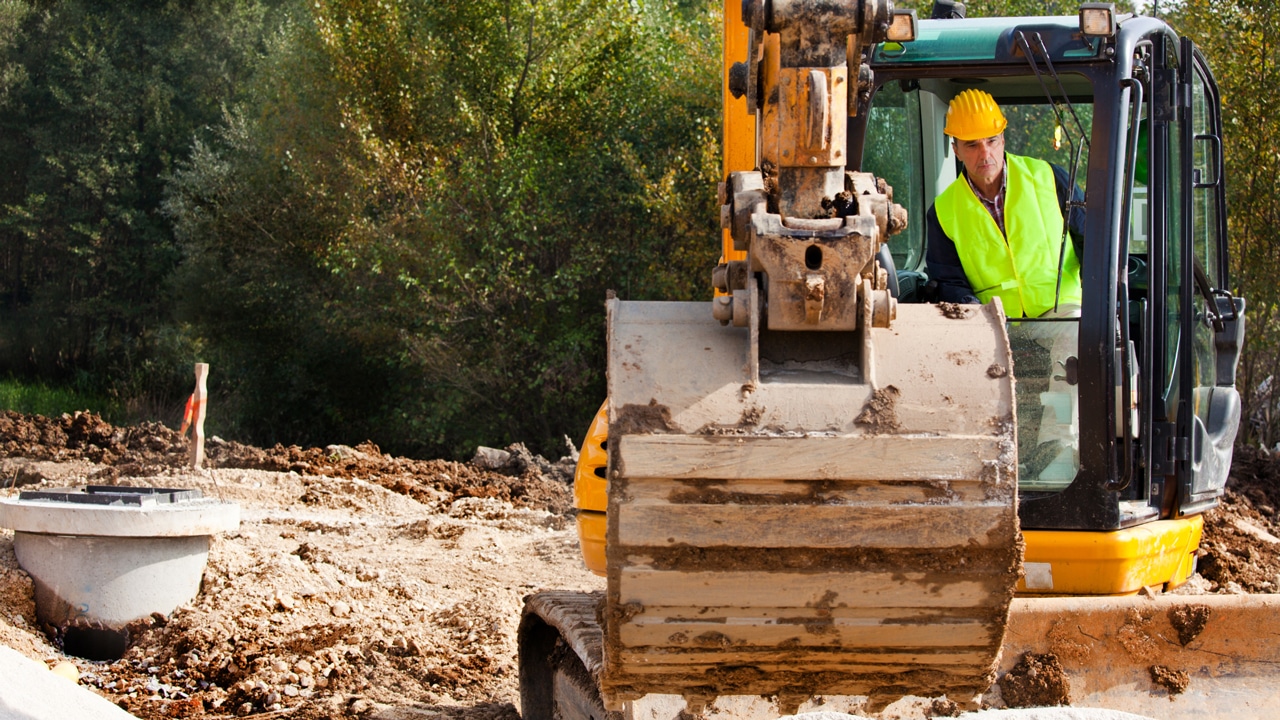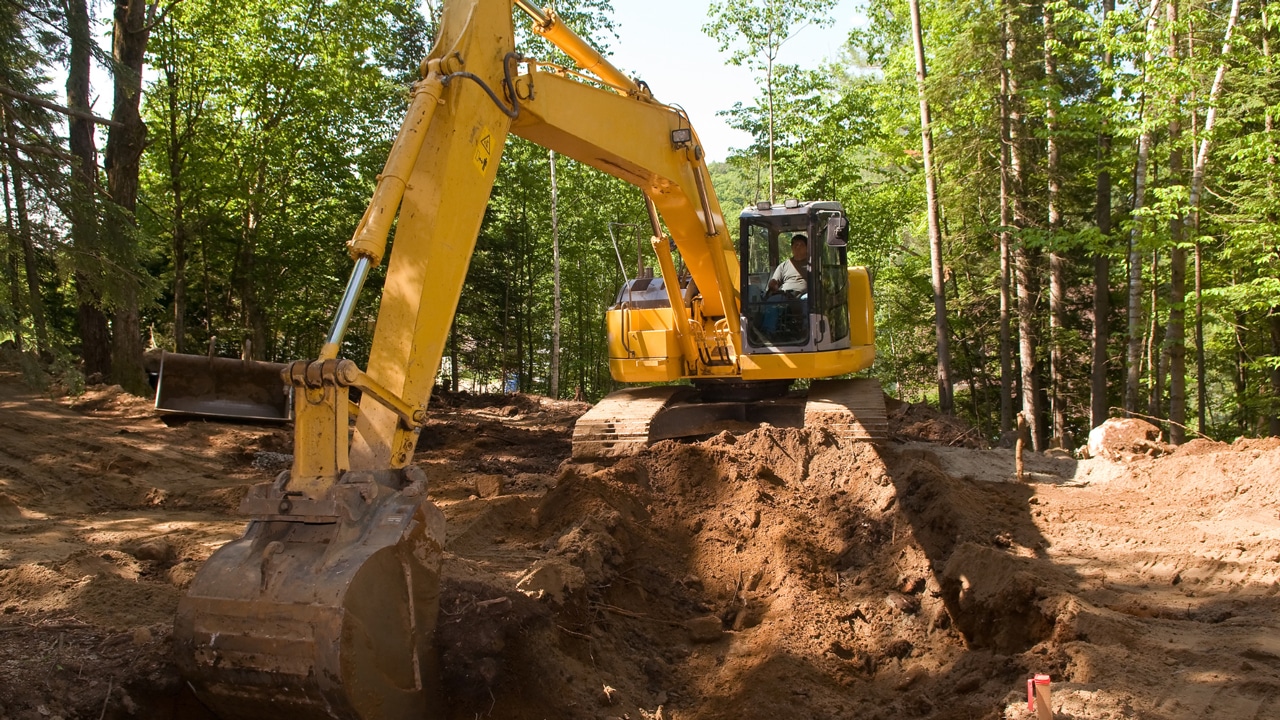California, with its diverse landscapes and vibrant communities, is a state often bustling with outdoor projects and home improvements. Whether you’re planting trees, installing a new fence, or undertaking a construction project, one thing remains constant: the presence of underground utility lines.
To ensure your safety and the integrity of essential services, it’s crucial to understand the importance of calling 811 and hiring private utility locating services before you dig.
What is Utility Damage Prevention?
Utility damage prevention is a set of practices and procedures designed to protect underground utility lines during excavation and digging activities. This process, often referred to as “calling 811,” involves contacting a local utility locating service before starting any excavation project.
The goal is to identify the location of buried utility lines and prevent accidental damage that could lead to service disruptions, property damage, injuries, or even fatalities.
What is the 811 System?
The 811 system is a nationwide service that connects homeowners, contractors, and excavators with utility locating services in their area. In California, this service is essential due to the extensive network of underground utilities, including water pipes, gas lines, electrical cables, and communication wires.
4 Reasons Homeowners Don’t Call 811 Before They Dig
Despite the importance of utility damage prevention, some homeowners and even contractors may overlook the need to call 811 before digging. Here are four common reasons for this oversight:
1. Risky Assumptions
One of the primary reasons for not calling 811 is the assumption that there are no utility lines in the immediate vicinity of the project. Homeowners may believe that their project is too small to pose any risk or that utility lines only run in densely populated areas.
However, utility lines can be found virtually everywhere, including residential neighborhoods and rural settings.
2. Lack of Awareness
Many homeowners and even some contractors may not be aware of the 811 service or its importance. They might not realize that digging without proper utility line information is both unsafe and potentially illegal.
3. Tight Schedules
In some cases, homeowners and contractors are under tight deadlines to complete projects. Calling 811 may be perceived as an additional step that could slow down the process. However, failing to call 811 and causing damage to utility lines can lead to much longer delays and costly repairs.
4. Digging Depth Assumptions
Another misconception is assuming that shallow digging projects are not a risk to buried utility lines. However, many utility lines can be relatively close to the surface, especially in residential areas. Digging even a few inches without proper knowledge can lead to disruptions and hazards.
Safe Digging Practices and Precautions
Preventing utility line disruption in California requires a commitment to safe digging practices and precautions. Here are the essential steps to follow:
1. Call 811
Before starting any digging project, whether it’s planting a tree, installing a fence, or excavating for construction, make it a standard practice to call 811. This free service will connect you with a local utility locating company that will mark the locations of buried utility lines on your property.
2. Wait for Markings
Once you’ve requested utility marking, be patient and wait for the underground utility locating services to visit your property. They will use colored markings to indicate the presence and approximate location of underground utility lines. These markings are vital guides for safe excavation.
3. Respect the Marks
After the utility lines are marked, respect these markings and dig with care. Avoid using mechanized equipment near marked lines. Instead, use hand tools for precise digging.
4. Dig Safely
When digging near utility markings, do so with caution. Hand dig within the tolerance zone (usually within 24 inches on either side of the marked line) to expose the utility line. Once it’s exposed, you can safely work around it or adjust your project plans accordingly.
5. Report Damage
In the event of accidental damage to a utility line, stop all work immediately and report the damage to the utility company. Never attempt to repair or bypass a damaged utility line yourself. The utility company will send professionals to assess and repair the line safely.
6. Educate Others
Spread awareness about the importance of calling 811 among your friends, family, and neighbors. Encourage them to follow safe digging practices to protect their homes, neighborhoods, and the community’s utility infrastructure.
By following these precautions and making the call to 811 before you dig, you can significantly reduce the risk of utility line disruption, service outages, and potential harm to yourself and others.
Safe digging practices are not just a responsibility; they are essential for preserving California’s underground utility systems and ensuring the well-being of its residents.
The Consequences of Utility Line Disruption
Utility line disruptions can have far-reaching consequences, impacting not only individual homeowners but also entire neighborhoods and communities. Here are some of the potential repercussions:
- Service Disruptions – Accidental damage to utility lines can lead to service disruptions. For example, a ruptured gas line can result in the evacuation of nearby buildings and the shutdown of gas services for an extended period. Similarly, severed electrical cables can cause power outages that affect homes, businesses, and critical infrastructure.
- Property Damage – Utility line disruptions can cause property damage. Gas leaks can lead to fires or explosions, causing extensive damage to nearby buildings. Water line breaks can result in flooding and water damage to homes and basements. Repairing such damage can be costly and time-consuming.
- Health and Safety Risks – Utility line disruptions can pose significant health and safety risks. Gas leaks can lead to exposure to toxic gases, fire hazards, and explosions, putting lives at risk. Electrical line damage can cause electrocution, fires, or shock hazards. Water line disruptions can lead to unsanitary conditions and health hazards.
- Environmental Impact – Utility line disruptions can also have environmental impacts. Leaking utility lines can contaminate soil and water sources with hazardous substances. Spills from ruptured gas or oil lines can harm ecosystems and wildlife. Addressing these environmental issues requires significant resources and effort.
- Financial Costs – Both homeowners and utility companies bear financial costs when utility lines are disrupted. Homeowners may be responsible for repair costs, property damage, and temporary accommodation during service outages. Utility locator companies must invest in emergency repairs, service restoration, and environmental remediation.
Call 811 or Util-Locate Today to Prevent Utility Line Disruptions and Promote a Safer Community!
Don’t take chances with utility line disruptions that can lead to property damage, service outages, and safety risks. Ensure the safety of your excavation projects and the reliability of utility location services by making a simple call to 811 before you dig or contacting Util-Locate directly.
The professionals at Util-Locate are ready to assist you in marking the locations of underground lines, allowing you to dig safely and responsibly. Prevent costly mistakes, service disruptions, and potential harm by following safe digging practices.
Join us in preserving the integrity of California’s underground utilities and promoting a safer community. Call Util-Locate today at 888-885-6228!
